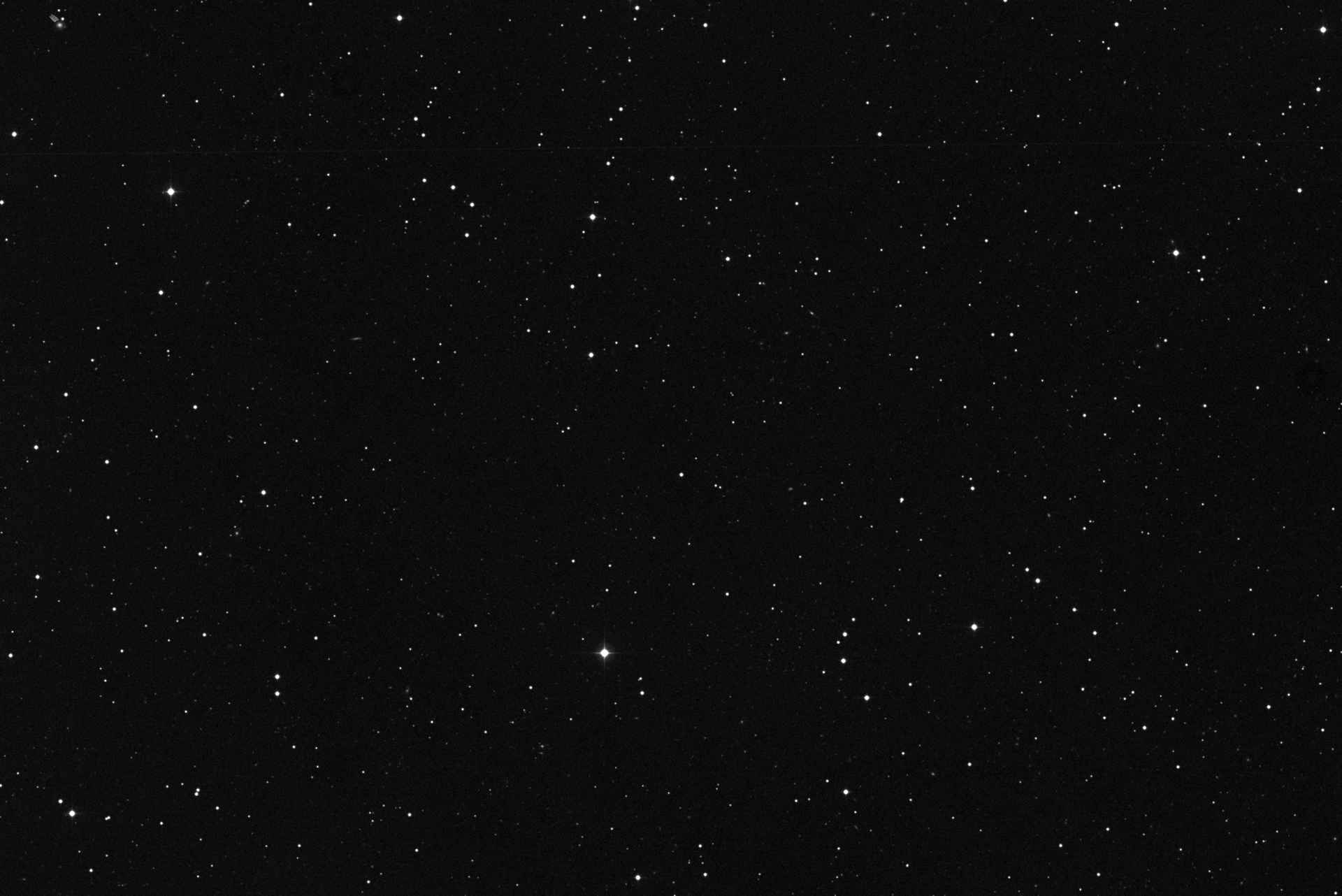|
Object: 79 Eurynome (open sky map)
|
Dec:
79 Eurynome Live Position Tracker
This page shows Asteroid 79 Eurynome location and other relevant astronomical data in real time. The celestial coordinates, magnitude, distances and speed are updated in real time and are computed using high quality data sets provided by the JPL Horizons ephemeris service (see acknowledgements for details). The sky map shown in the background represents a rectangular portion of the sky 60x40 arcminutes wide. By comparison the diameter of the full Moon is about 30 arcmins, so the full horizontal extent of the map is approximately 2 full Moons wide. Depending on the device you are using, the map can be dragged horizondally or vertically using the mouse or touchscreen. The deep sky image in the background is provided by the Digitized Sky Survey (acknowledgements).
Current close conjunctions
List of bright objects (stars brighter than magnitude 9.0 and galaxies brighter than magmitude 14.0) close to Asteroid 79 Eurynome (less than 1.5 degrees):
| Type | Name | Magnitude | Ar | Dec |
| Star | HIP 49492 | 0 | 10h 06m 15s | +08° 50’ 04” |
| Star | HIP 48866 | 8.957 | 09h 58m 00s | +09° 41’ 40” |
| Star | HIP 49194 | 8.7392 | 10h 02m 26s | +09° 56’ 19” |
| Star | HIP 49766 | 6.9326 | 10h 09m 31s | +09° 35’ 35” |
| Star | HIP 49637 | 4.2286 | 10h 07m 54s | +09° 59’ 51” |
| Star | HIP 49396 | 7.2818 | 10h 05m 04s | +07° 59’ 27” |
| Star | HIP 49562 | 8.6502 | 10h 07m 07s | +08° 46’ 09” |
| Star | HIP 49256 | 7.94 | 10h 03m 17s | +08° 13’ 40” |
| Star | HIP 49080 | 7.9966 | 10h 01m 00s | +08° 56’ 57” |
| Star | HIP 49279 | 7.1226 | 10h 03m 33s | +09° 53’ 56” |
| Star | HIP 49496 | 8.3246 | 10h 06m 18s | +07° 56’ 40” |
| Galaxy | UGC 5456 | 13.7 | 10h 07m 19s | +10° 21’ 43” |
Additional resources
- 15 Days Ephemerides
- Interactive Sky Map (Planetarium)
- Rise & Set Times
- Distance from Earth
- Light Curve
- Orbital Elements
Astronomy databases
This online sky chart is created using the following astronomy databases and services:
- The Digitized Sky Survey, a photographic survey of the whole sky created using images from different telescopes, including the Oschin Schmidt Telescope on Palomar Mountain
- The Hipparcos Star Catalogue, containing more than 100.000 bright stars
- The PGC 2003 Catalogue, containing information about 1 million galaxies
- The GSC 2.3 Catalogue, containing information about more than 2 billion stars and galaxies
Dec: ()
Set Location
TheSkyLive is computing astronomical data for this location and timezone:
| Name: | |
| Latitude: | |
| Longitude: | |
| Timezone: |





